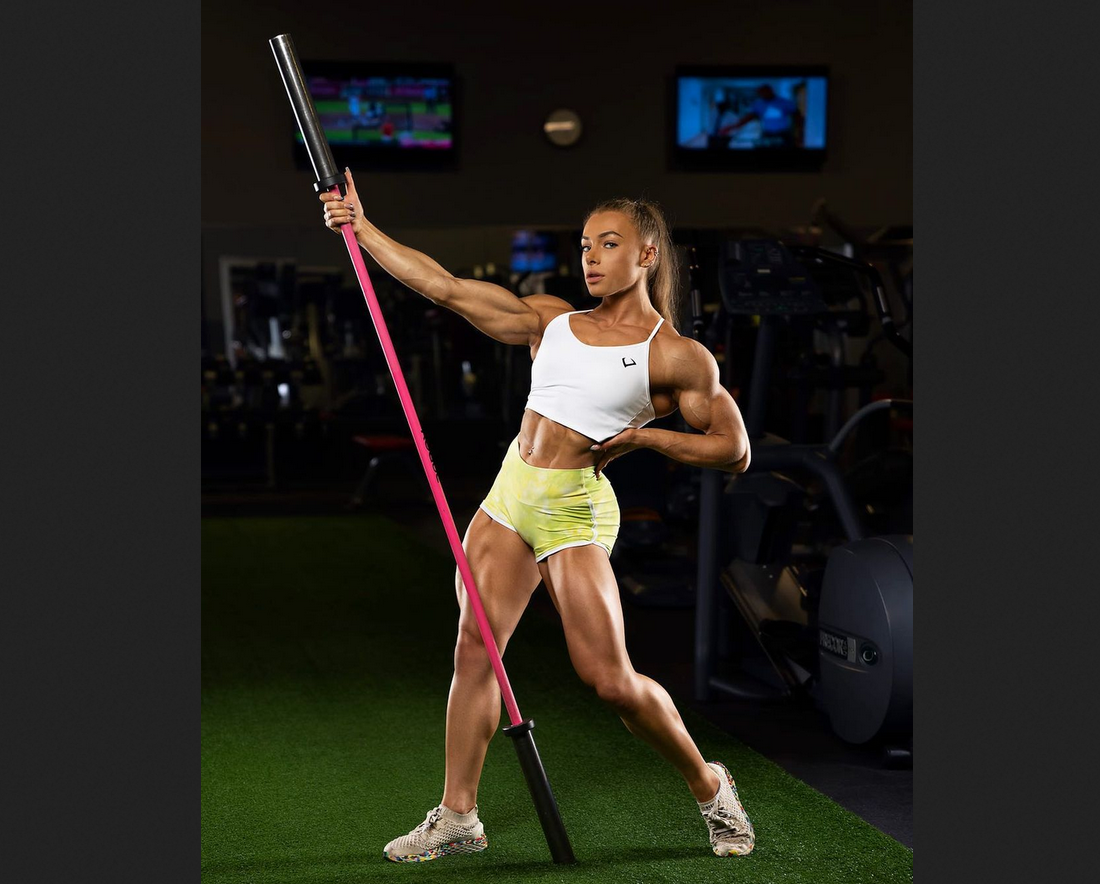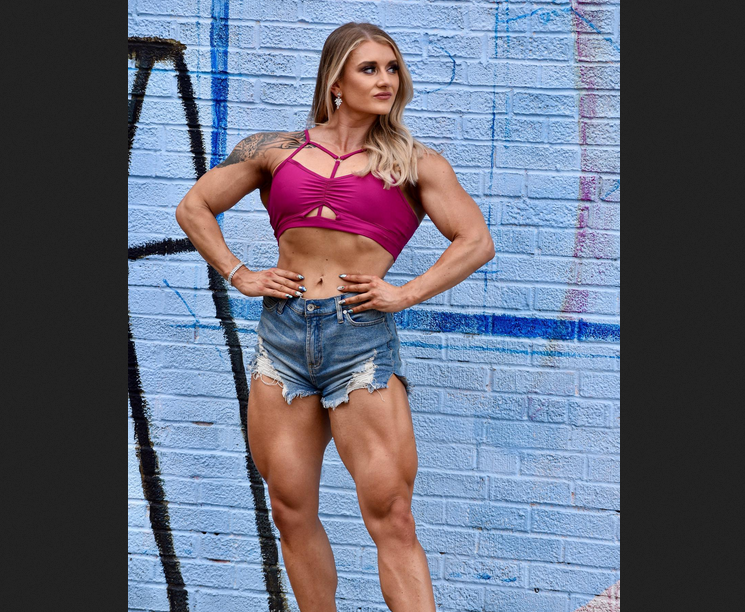The next benefit given by compound movements that isolations do not do is the ability to overload multiple muscle groups at the same time. What is "overload" I bet you're asking? Well "overload" pretty much defines itself in its only pronunciation. Overload means to work a body system harder than it is accustomed to working. If you workout with 225 lbs 3 straight work outs you have failed to give the muscle something new to grow from. If the muscle is not forced to work harder each time it gives the gym, what is expected to grow? Nothing, it will only homeostasis, which means, to the stay same size. When you perform a bench press, while it's commonly referred to as a "chest exercise", you're always working the pectoralis minor, triceps, anterior deltoids, rhomboids, trapeziums, forearm muscles, and core. Think about it, the body works in accordance to its function. What is the function of pushing in front? The force is being generated from the pectoralis major as the agonist, which means prime mover; yet, at the same time, it also requires you to push, which means extending the elbows and that is the primary function of the triceps. When you teach the pushing muscles coordination, they will learn to work together in everyday tasks. This is called "functional strength". "Functional" meaning it has potential carryover into the real world.
In these compound movements there are two movements that release more testosterone than any other exercises; these exercises are squats and deadlifts. No study has conducted which exercise has a greater anabolic release; however, there are many opinions and they usually differ from each person. Deadlifts work more muscles and show a greater display of overall strength; squats put a greater display of constant tension on the body from the isometric contraction of having to stabilize the weight on your back. The back squats frequency will increase the demand placed on the body have a consistent boost of testosterone; so the gains on a program where your lower body is worked with more frequency than a conventional split will have better overall gains.
👉 1 - Compound Movements (Part 2)
👉 2 - Program
👉 3 - Principles
👉 4 - Nutritio































No comments:
Post a Comment